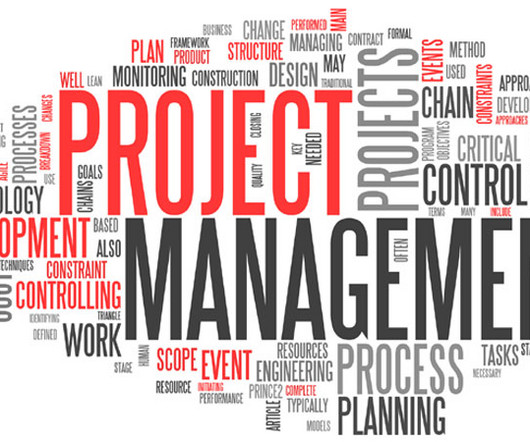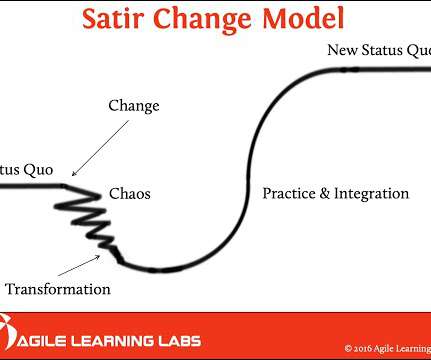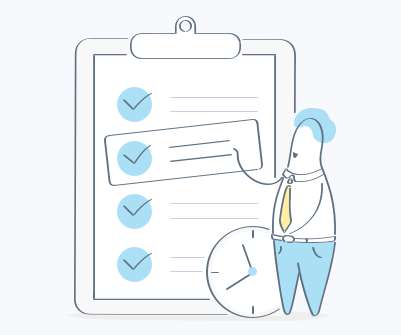Performance Reporting for Projects: A Quick Guide
ProjectManager.com
NOVEMBER 11, 2021
For a successful project, you need an overall picture of your work performance information (WPI). Performance reporting provides that information by putting performance measurement, quality assurance and accountability data in context. Key performance indicators (KPI). KPI measurement frequency.























Let's personalize your content